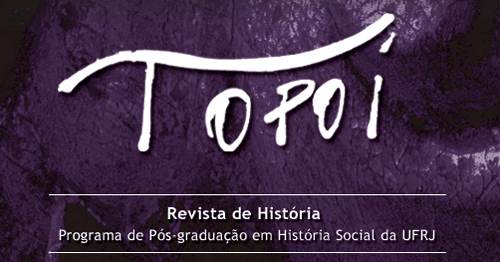ABSTRACT
The objective of this article is to investigate the formation of the space we know today as the Rocinha slum. Situated at the intersection of Social and Urban History, the article seeks to understand the process through the experiences of the subjects who chose to occupy it at the beginning of the twentieth century, a time when transforming dynamics characterized the city of Rio de Janeiro. Unlike studies that argue the allotment of the Rocinha farm by Companhia Castro Guidão in the 1920s was the key to this process, the article seeks to demonstrate, through the analysis of newspapers, official documents and photos, that its implementation was only possible thanks to earlier occupation by a diverse workforce. Nevertheless, by providing access to housing for such individuals, the project did accelerate occupation and enable an agglomeration of modest dwellings in that space. As a result, by the 1930s, the locality began to be known as Rocinha, thus consolidating its process of social and historical invention as a working-class neighborhood.
Keywords
Rocinha; Slum; Rio de Janeiro; Gávea; Working-Class Neighborhood

 Thumbnail
Thumbnail
 Thumbnail
Thumbnail
 Fonte: ARQUIVO GERAL DA CIDADE DO RIO DE JANEIRO. Portal Augusto Malta.
Fonte: ARQUIVO GERAL DA CIDADE DO RIO DE JANEIRO. Portal Augusto Malta.
 Fonte: ARQUIVO NACIONAL. Luciano Ferrez, “Vistas do Rio de Janeiro”, 1933, n. 37, referência F.F. L.F 1.0.1.
Fonte: ARQUIVO NACIONAL. Luciano Ferrez, “Vistas do Rio de Janeiro”, 1933, n. 37, referência F.F. L.F 1.0.1.